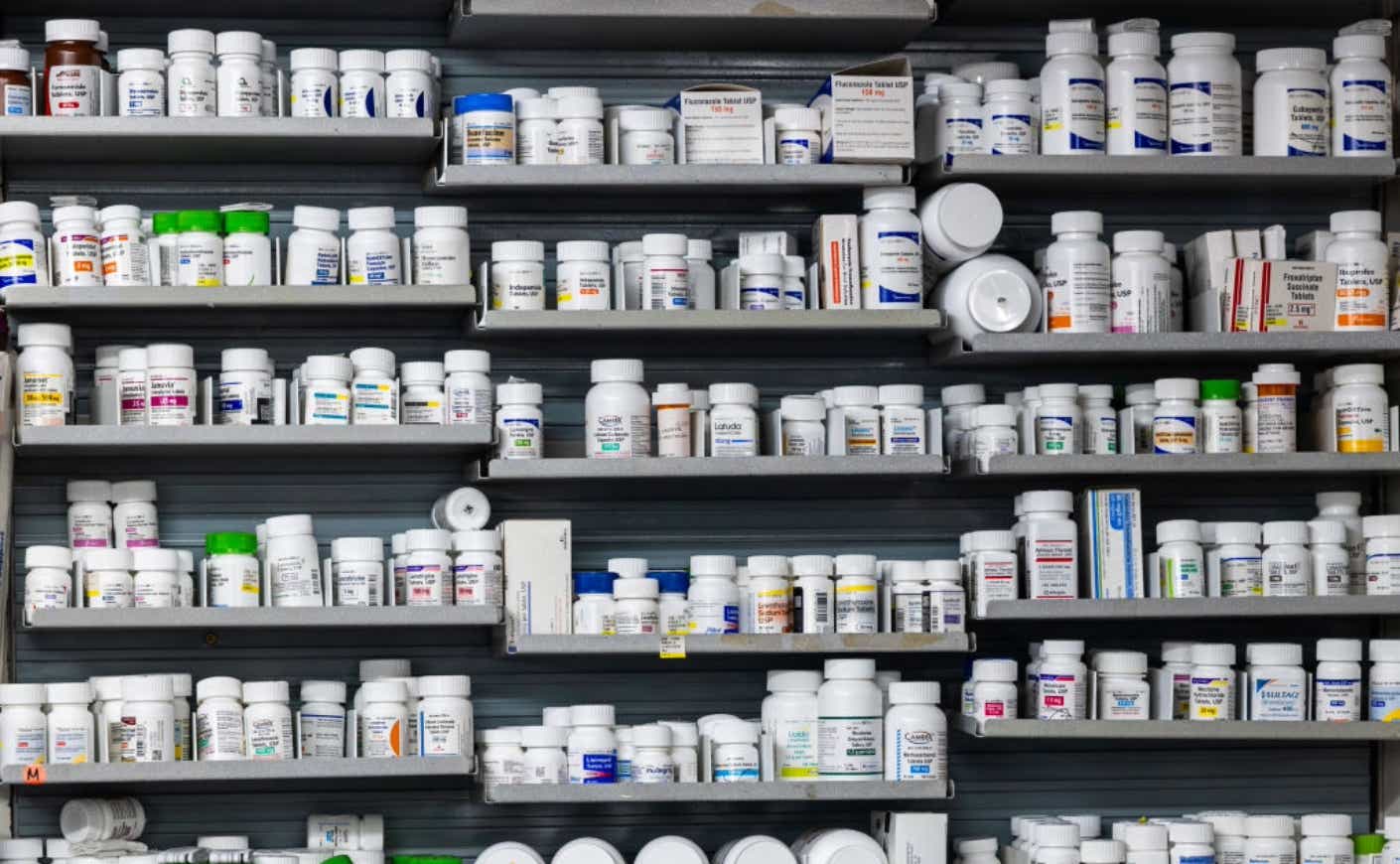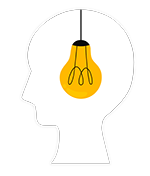Prescription drug prices have been a major issue in the U.S. for decades, and now, President Donald Trump is stepping in again to try to lower them.
On Monday, Trump signed a new executive order focused on lowering the cost of prescription drugs in the U.S. The order could lead to price caps that align with what people pay for the same medications in other countries.
“Basically, what we’re doing is equalizing,” Trump said during a press event on Monday. “We are going to pay the lowest price there is in the world. We will get whoever is paying the lowest price, that’s the price that we’re going to get.”
Prescription drug prices in the U.S. are considerably higher than in many other places — in fact, they’re about 2.78 times higher, on average, as compared to 33 other nations, according to a 2024 report from the nonprofit RAND Corporation. That gap largely exists because the U.S. government doesn’t directly regulate drug prices, giving pharmaceutical companies more leeway to charge what the market will tolerate.
This isn’t Trump’s first attempt to take on high drug prices. A similar plan during his first term was blocked by a federal judge in 2020. Now, his latest effort takes a broader approach through a wider set of federal actions. Here’s a closer look at what that might involve.
What do we know about Trump’s executive order on drug prices?
Trump’s new executive order takes a multi-pronged approach. First, it calls on the Department of Commerce and U.S. Trade Representative Jamieson Greer to push back on what the White House describes as “unreasonable and discriminatory” policies in other countries that keep drug prices low overseas.
It also tasks Health and Human Services Secretary Robert F. Kennedy Jr. with setting clear targets for lowering drug prices here at home — and fast (he’s got 30 days to do it). The idea is to kick off negotiations between the government and the pharmaceutical industry in hopes of bringing prices down voluntarily.
If that doesn’t work, the plan shifts to a more aggressive tactic: capping U.S. drug prices at the lowest levels paid by other wealthy countries — a move known as the “most favored nation” pricing model.
As for the impact on drugmakers? Trump says they’ll be just fine — they’ll simply push for higher prices abroad to make up the difference. “Europe’s going to have to pay a little bit more,” he said. “The rest of the world is going to have to pay a little bit more, and America is going to pay a lot less.”
Trump’s executive order came just hours after House Republicans unveiled a sweeping health care proposal that would cut roughly $700 billion from Medicaid and the Affordable Care Act marketplaces over the next decade. The plan is expected to leave about 8.6 million more Americans without insurance. Notably, it didn’t include any measures to directly address prescription drug prices.
So, when will patients actually see lower drug prices?
That’s still up in the air. On social media, Trump claimed his executive order would lower prescription drug prices “almost immediately” by between 30 and 80 percent. At a press event later, he pushed those estimates even higher — suggesting prices could drop by 59 percent, 80 percent, or “I guess even 90 percent.” Still, it’s unclear how realistic those numbers are — or even which medications the order would cover.
Medicare only started negotiating drug prices in 2024, under the Inflation Reduction Act. Lower prices for the first 10 drugs — like a 79 percent cut for the diabetes drug Januvia and 38 percent off the cancer drug Imbruvica — don’t kick in until January 2026. In the meantime, the Trump administration is negotiating the next batch of 15 drugs. Dr. Mehmet Oz, who now leads the Centers for Medicare and Medicaid Services under Trump, noted that even those discounted prices are still higher than what people in Europe pay and said the new executive order aims to bring them down further.
But experts aren’t convinced. For one, the administration’s legal authority to enforce these changes — especially without congressional approval — is uncertain. In a note following the announcement, JPMorgan analysts called the policy “challenging to practically implement,” warning it could face legal roadblocks.
Chris Meekins, an analyst at Raymond James and former Department of Health and Human Services official, echoed that skepticism. In an interview with Axios, he noted that Trump has a track record of making bold promises on drug prices that don’t always match the impact of his policies. The more sweeping the executive action, Meekins said, the more likely it is to be tied up — or struck down — in court.
How are pharma companies reacting?
Trump’s executive order ended up being a bit of a relief for the pharmaceutical industry, which had been bracing for something much tougher.
In a statement Monday, the pharmaceutical industry’s main lobbying group, PhRMA, praised Trump for going after what it described as unfair pricing practices in other countries that “aren’t paying their fair share.”
But PhRMA’s CEO, Stephen Ubl, pushed back on the core of Trump’s plan, saying that tying U.S. drug prices to those in “socialist countries” would be a bad deal for American patients and workers — and could slow the development of new treatments. Legal challenges from the industry are also likely, according to some experts.
Whether this latest move leads to real savings or more legal battles, one thing’s clear: Drug pricing will likely remain a political flashpoint.









